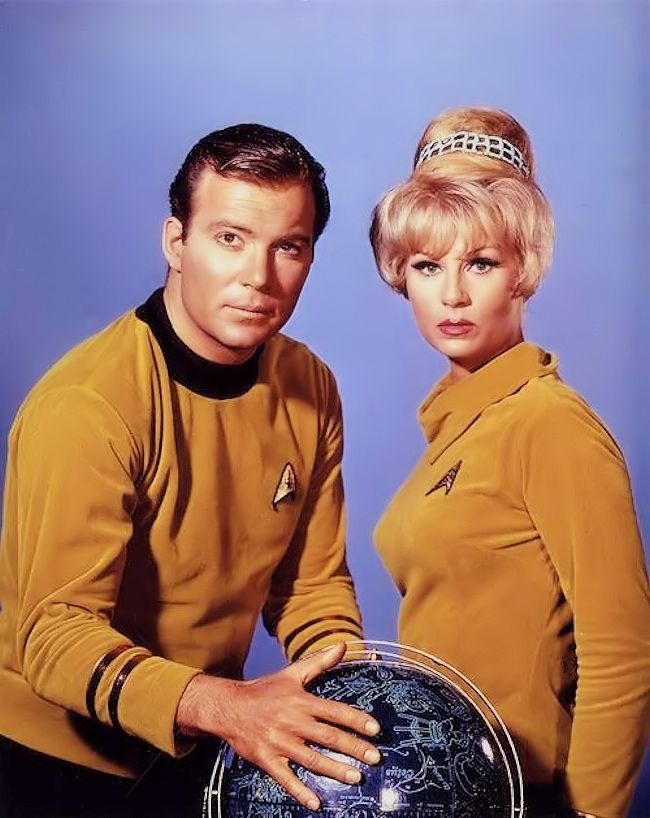I received an advance copy of the book today and I must say that it is amazing!! If you are interested in the production of the original series; this book is a "must have" book. There are at least 15-20 pages devoted to each episode plus a bunch of other behind the scenes informational chapters in the book. As someone who has read every book about the original series multiple times; I am blown away. I was skeptical when I first heard about this book because it sounded too good to be true and because I am myself a tenacious researcher. I feared it would be another book that only touched the surface of the series that I love; I was wrong. Believe the hype; this IS the TOS Bible!
Order it here: http://jbmj-book-store.myshopify.com/products/these-are-the-voyages-tos-season-one-hardbound-edition


Order it here: http://jbmj-book-store.myshopify.com/products/these-are-the-voyages-tos-season-one-hardbound-edition


